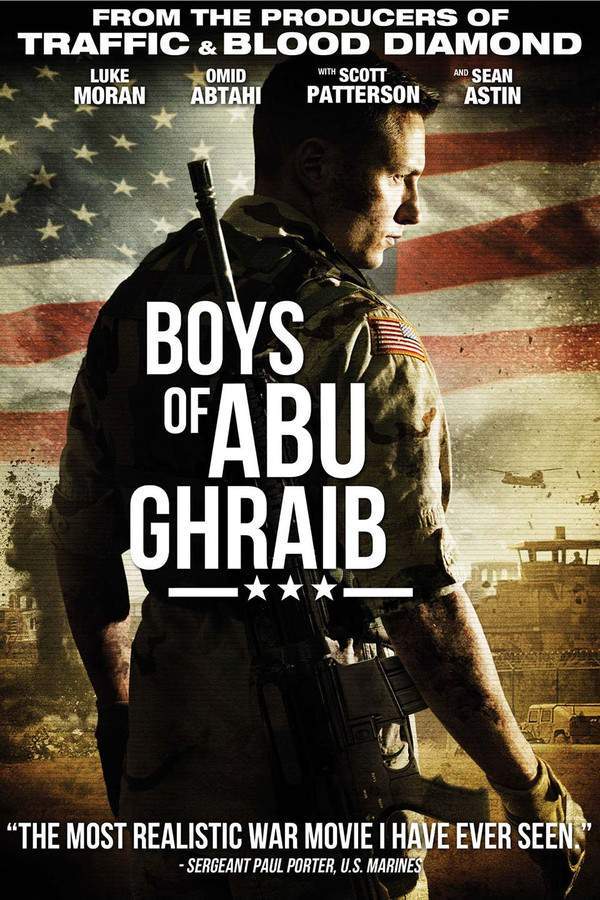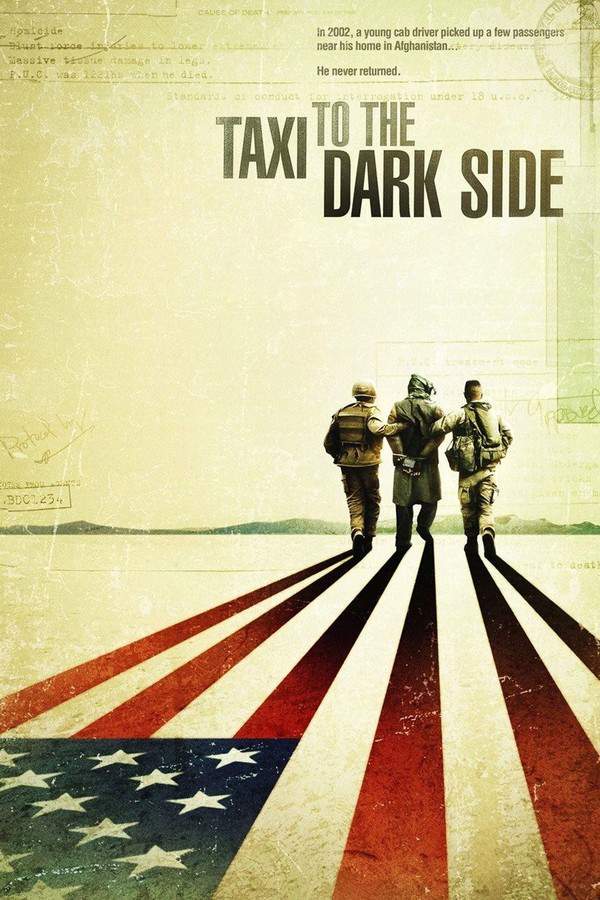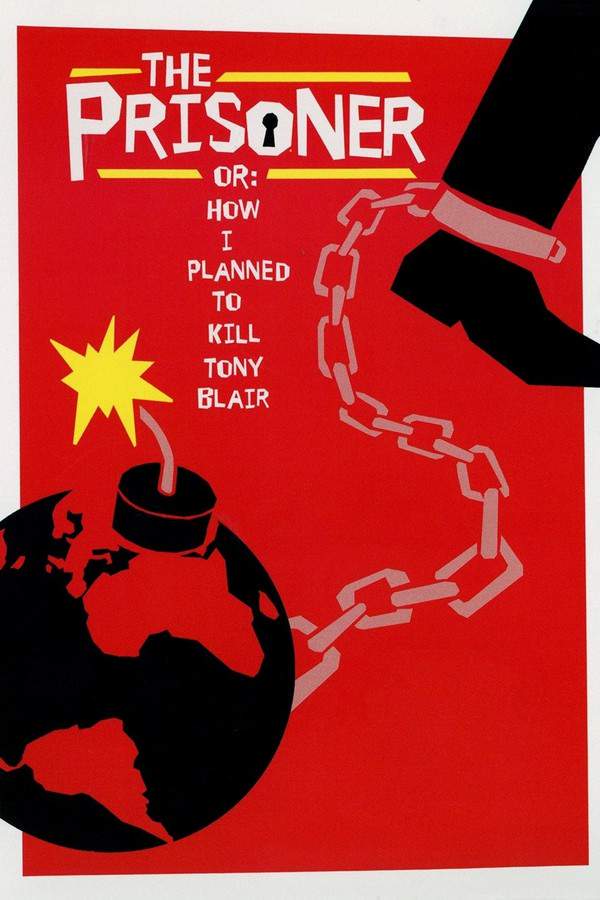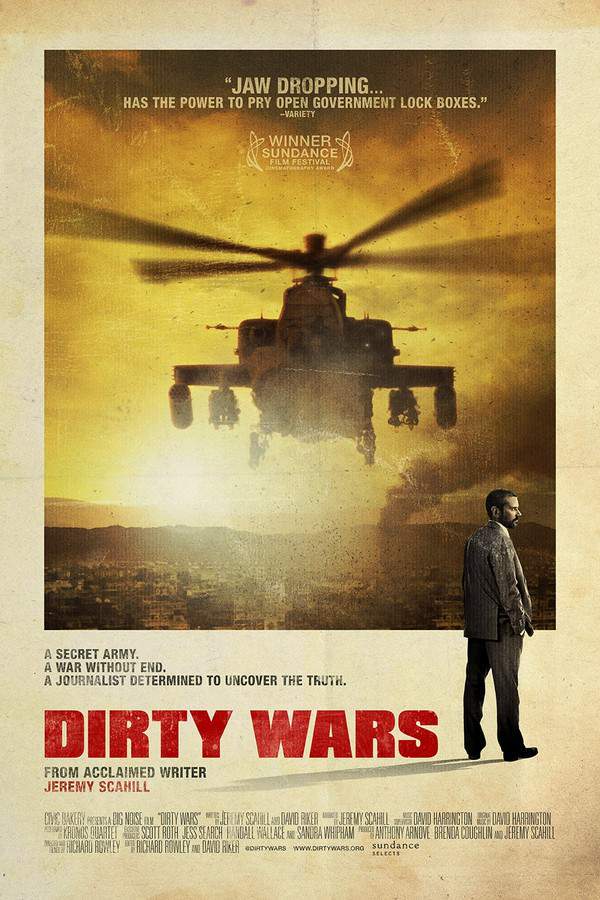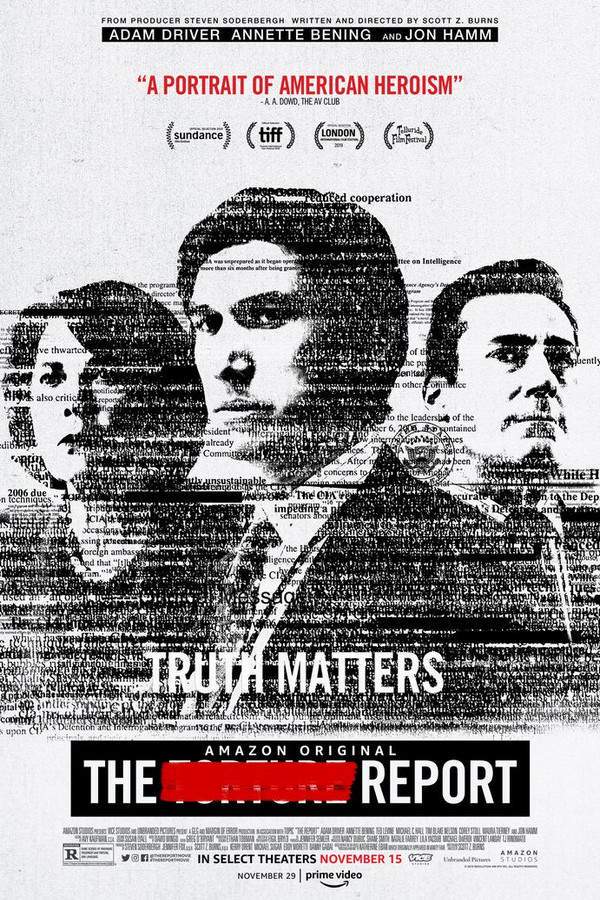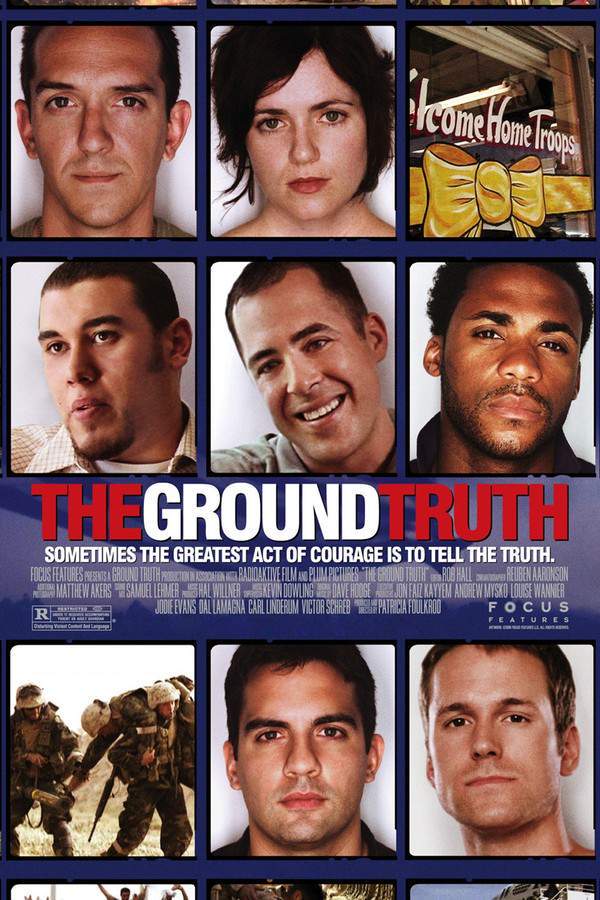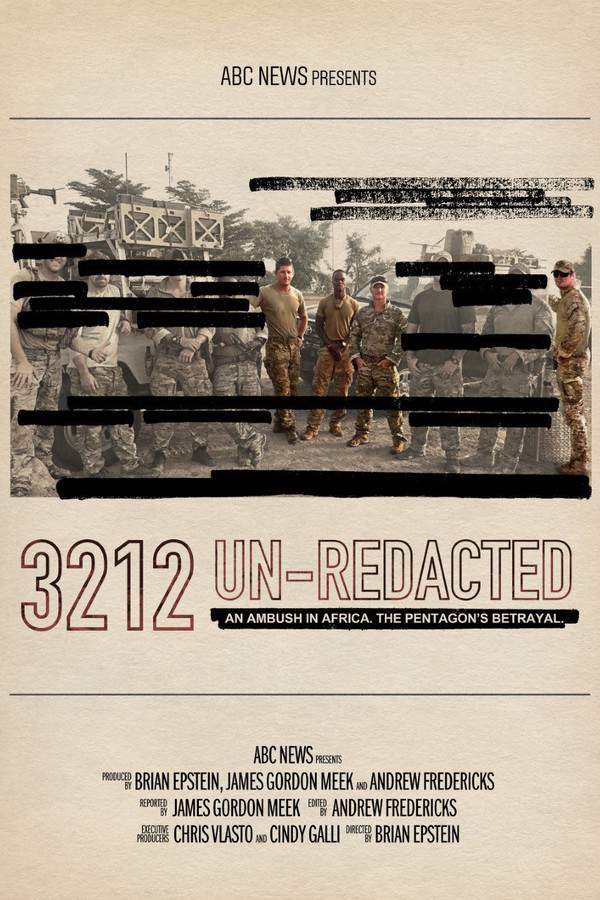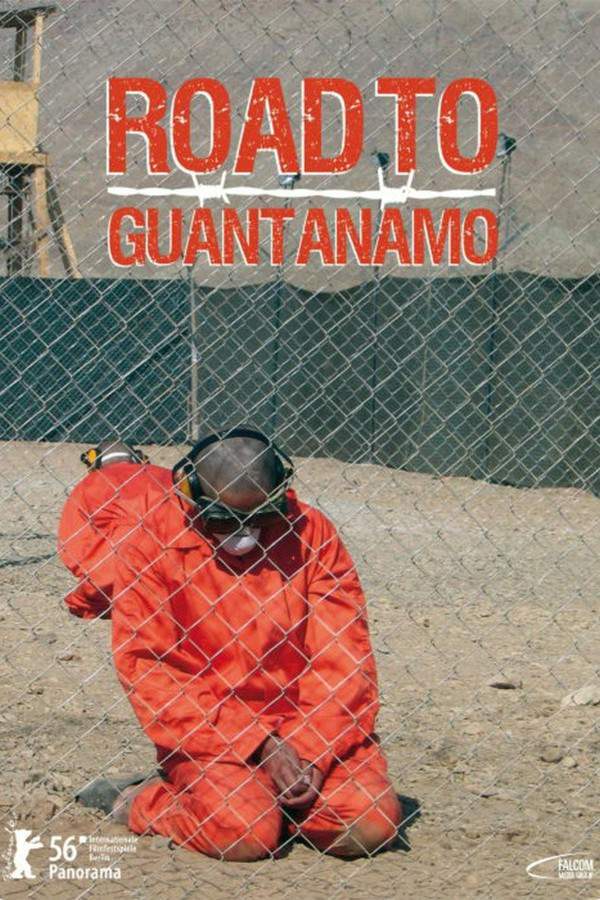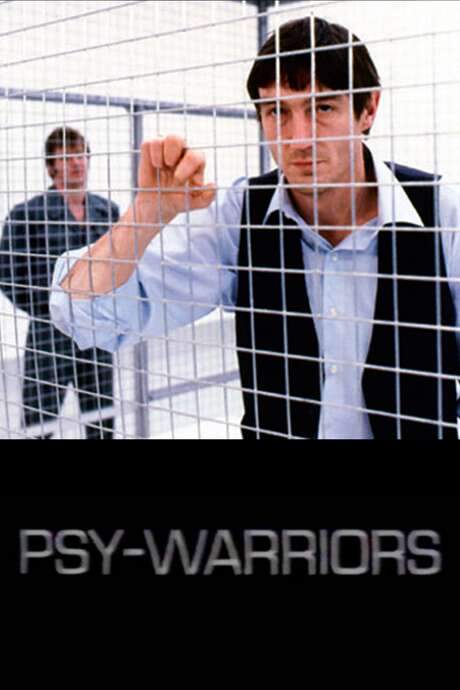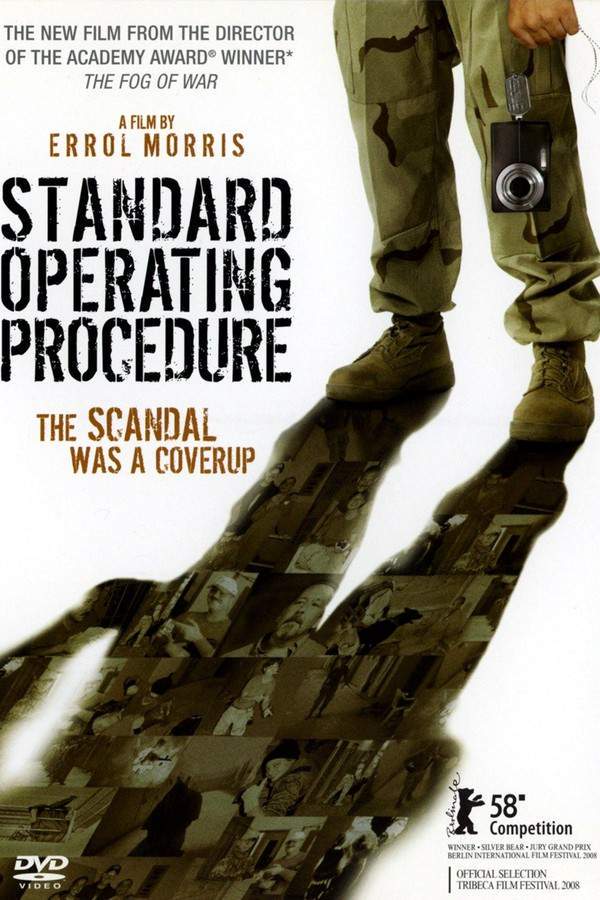
Standard Operating Procedure
Year: 2008
Runtime: 116 min
Language: English
Director: Errol Morris
This film examines the circumstances surrounding the controversial photographs taken at Abu Ghraib prison. It explores the events leading up to the incident and investigates the systemic issues that contributed to the abuse of prisoners. Through interviews and analysis, the documentary seeks to understand the human element behind the images and reveal the broader culture of complicity that extended beyond the actions of a few individuals.
Warning: spoilers below!
Haven’t seen Standard Operating Procedure yet? This summary contains major spoilers. Bookmark the page, watch the movie, and come back for the full breakdown. If you're ready, scroll on and relive the story!
Timeline – Standard Operating Procedure (2008)
Trace every key event in Standard Operating Procedure (2008) with our detailed, chronological timeline. Perfect for unpacking nonlinear stories, spotting hidden connections, and understanding how each scene builds toward the film’s climax. Whether you're revisiting or decoding for the first time, this timeline gives you the full picture.
Last Updated: November 03, 2024 at 22:57
Unlock the Full Story of Standard Operating Procedure
Don't stop at just watching — explore Standard Operating Procedure in full detail. From the complete plot summary and scene-by-scene timeline to character breakdowns, thematic analysis, and a deep dive into the ending — every page helps you truly understand what Standard Operating Procedure is all about. Plus, discover what's next after the movie.
Standard Operating Procedure Summary
Read a complete plot summary of Standard Operating Procedure, including all key story points, character arcs, and turning points. This in-depth recap is ideal for understanding the narrative structure or reviewing what happened in the movie.

Characters, Settings & Themes in Standard Operating Procedure
Discover the characters, locations, and core themes that shape Standard Operating Procedure. Get insights into symbolic elements, setting significance, and deeper narrative meaning — ideal for thematic analysis and movie breakdowns.

Similar Movies to Standard Operating Procedure
Discover movies like Standard Operating Procedure that share similar genres, themes, and storytelling elements. Whether you’re drawn to the atmosphere, character arcs, or plot structure, these curated recommendations will help you explore more films you’ll love.
Explore More About Movie Standard Operating Procedure
Standard Operating Procedure (2008) Plot Summary & Movie Recap
Standard Operating Procedure (2008) Scene-by-Scene Movie Timeline
Standard Operating Procedure (2008) Spoiler-Free Summary & Key Flow
Movies Like Standard Operating Procedure – Similar Titles You’ll Enjoy
Boys of Abu Ghraib (2014) Full Movie Breakdown
Taxi to the Dark Side (2008) Complete Plot Breakdown
Redacted (2007) Full Movie Breakdown
Banned! In America I (1998) Complete Plot Breakdown
The Prisoner or: How I Planned to Kill Tony Blair (2007) Complete Plot Breakdown
Dirty Wars (2013) Movie Recap & Themes
The Report (2019) Movie Recap & Themes
The Killing of America (1981) Plot Summary & Ending Explained
The Ground Truth (2006) Plot Summary & Ending Explained
This Is America (1977) Movie Recap & Themes
3212 Un-redacted (2021) Plot Summary & Ending Explained
The Road to Guantanamo (2006) Full Summary & Key Details
Buried in the Sand: The Deception of America (2004) Complete Plot Breakdown
Psy-Warriors (1981) Plot Summary & Ending Explained
Strip Search (2004) Film Overview & Timeline



